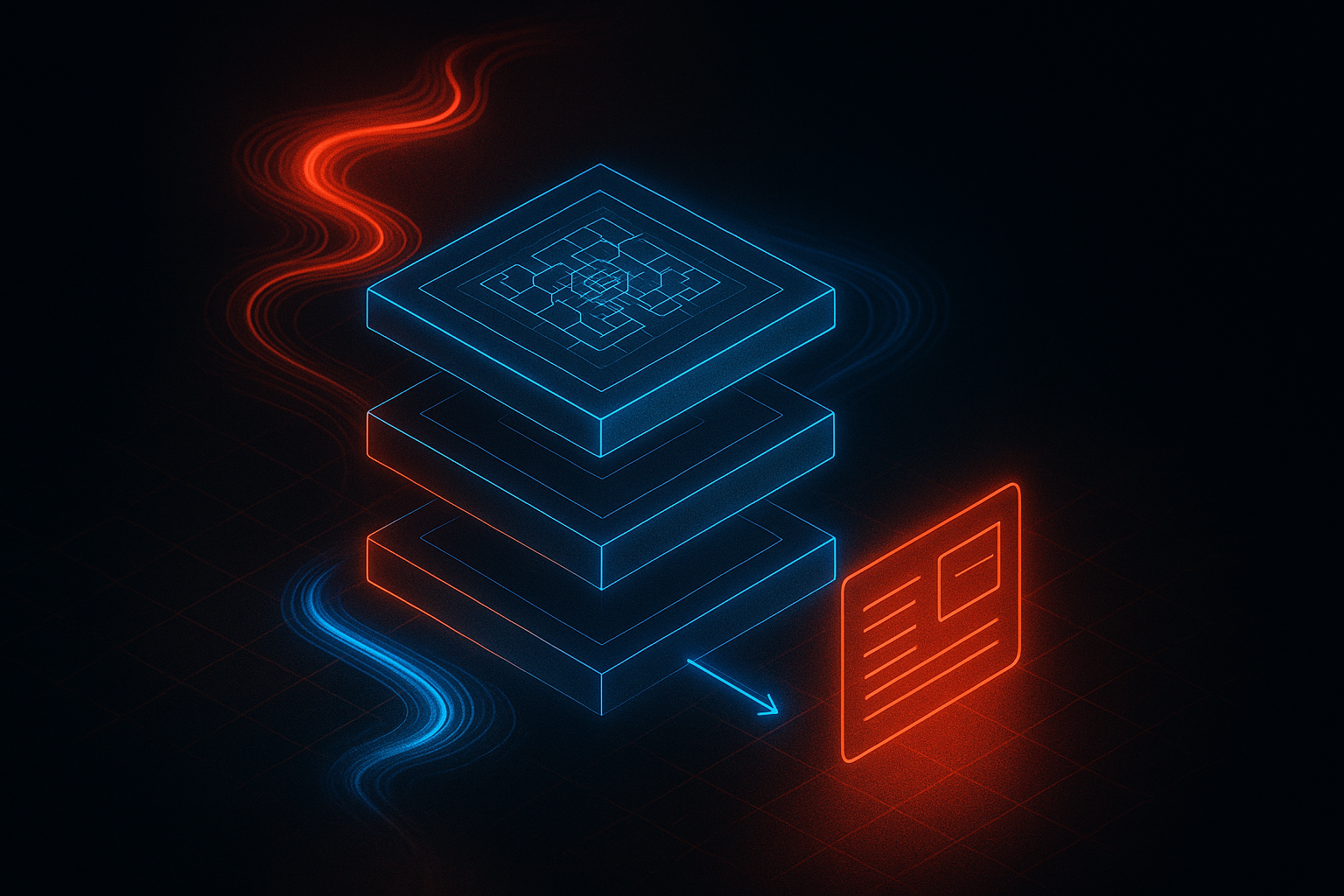Engaging in continuous product discovery
Part 5: We condense the experience of product leaders, a decade of client work and best industry practices into a six-part series of essential habits that organisations can adopt to nurture product culture.


Continuous product innovation is a benchmark of solid product culture. In its simplest form, product innovation is about solving problems in ways that add new value for the end user. In turn, this creates value for the business.
One way to foster product innovation is by making a habit of engaging in continuous product discovery. By dedicating time and resources, i.e., formalising product discovery as an ongoing company process, you can ensure that urgent tasks related to running today's product don't leave disruptive innovation by the way-side. By empowering talent in this way, uncovering net-new solutions becomes less sporadic and more frequent.
Customer centricity should drive product discovery
We can't get very far in product discovery without being deeply familiar with the end-user experience. Touchpoints with customers should be routine activities designed to learn more about how to serve them better. In her recent book Continuous Discovery Habits, Teresa Torres argues for a weekly cadence for direct customer engagement to ensure the team improves the product over time. 'At a minimum, weekly touchpoints with customers by the team building the product, where they conduct small research activities in pursuit of the desired outcome.'
Product teams often struggle to establish —or maintain—frequent interactions with the people who use the product or have stopped using it. Investing the time to connect with customers is crucial because understanding their needs, frustrations, and motivations is paramount to building a successful product. Refining this understanding and testing new ideas often prevents product/market fit erosion.
Product discovery can happen at different altitudes. This weekly cadence is only part of the story. Products are fluid and can be improved based on a better understanding of customer needs. But they can also radically change to meet a new market, take advantage of technological developments or embrace a nascent shift in customer behaviour. Alone, customer interviews are unlikely to uncover these factors, so time must be allocated to discover and analyse them.

Analysing product/market fit and competitors regularly is a great way to get started
We recommend that companies periodically analyse and reflect on their product/market fit at crucial inflexion points during their product’s lifecycle.
A six-monthly cadence allows for change but is short enough to keep pace with the broader trends in a target market. Thanks to the speed of technological change, it’s never been easier for new entrants to disrupt established markets.
A regular product/market fit analysis helps to address key questions. How are your competitors leveraging new technological capabilities or alternative business models? How are they pushing their user experience in ways which will fundamentally alter consumer expectations in the near future? What shifting societal attitudes and regulatory changes risk the relevance of your product?
Tracking the signals that indicate where your market is headed and ensuring you have a considered strategy for your product in that new reality is key to enduring product/market fit.
Fostering innovation through continuous product discovery may sound simple, but it can be challenging to implement in a way that makes sense for your team and product.
What more to expect?
The habits we’ve discussed in this series require focus and systems of accountability to strengthen product culture in a meaningful way. It is through consistency and intention that habits are built, after all.
In our next blog, we’ll discuss establishing accountability through regular, structured rituals and feedback loops like scheduled cadences and frequent candid dialogue between leadership and product teams.
Part 1: Using rich stories to communicate your vision & product strategy
Part 2: Bringing your strategies to life with visiontypes
Part 3: Establishing clear & consequential product principles
Part 4: Implementing shared and highly visible goal-setting (OKRs)
Part 5: Engaging in continuous product discovery
Part 6: Creating rituals that reinforce focus & accountability








